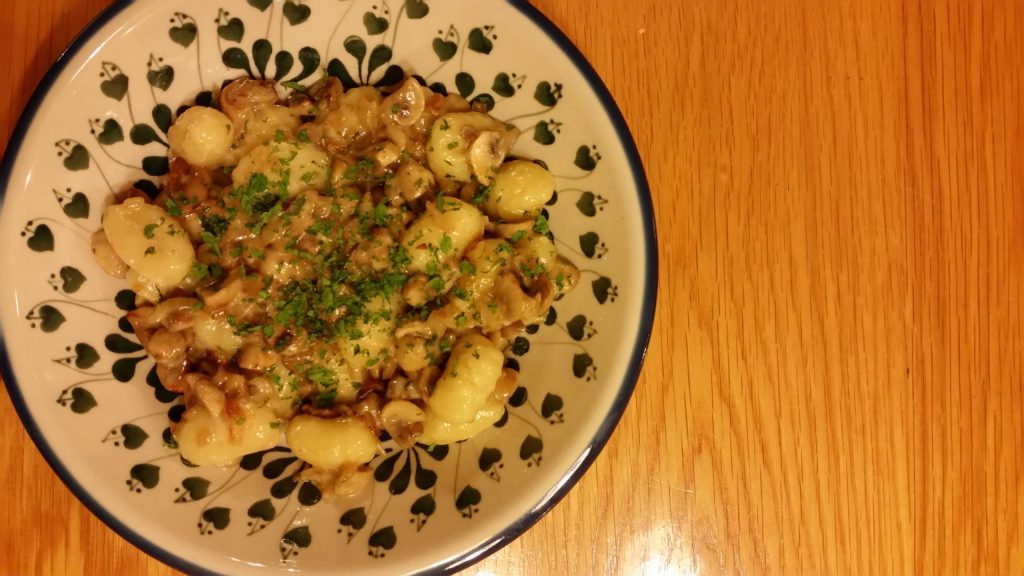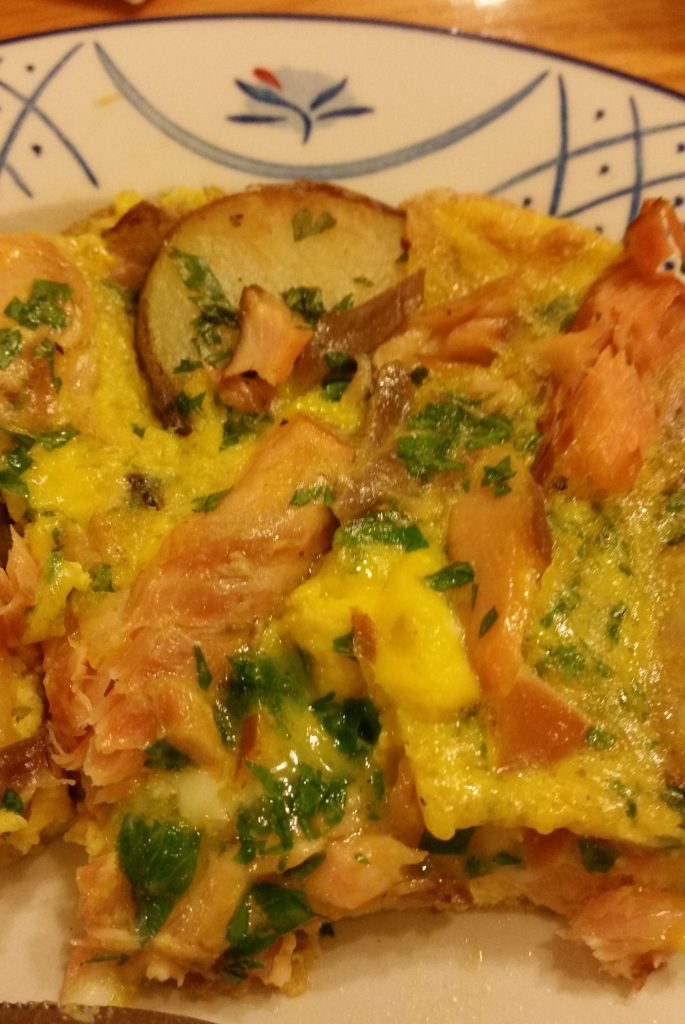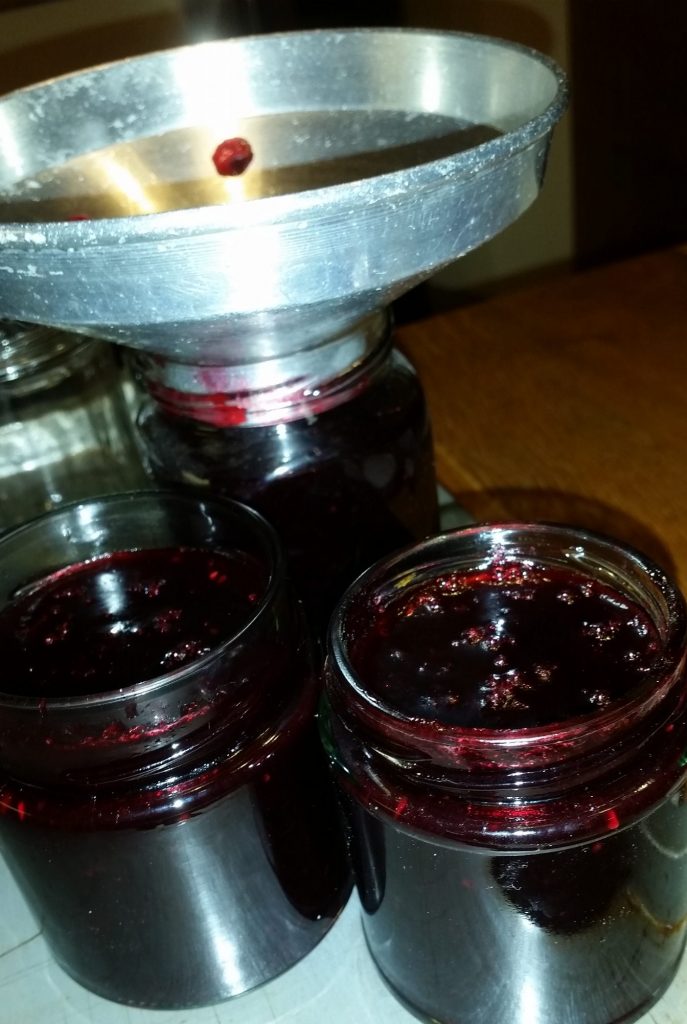
Malcolm came back from a trip to the mainland with some gnocchi, a cauliflower, and some mushrooms. I vetoed the cauliflower, so we had this dish. This served two.
INGREDIENTS:
- 200g Gnocchi
- Parsley, finely chopped
- 50g grated hard cheese
- Salt and pepper
- A punnet of mushrooms, chopped
- a shallot
- 1 clove garlic
- Butter
- Herbs e.g. sage or thyme
- Salt and pepper
METHOD:
- Chop the onion and garlic finely, and fry in butter until soft
- Add the mushrooms and herbs, and continue to fry until the mushrooms are soft.
- Meanwhile boil the gnocchi according to the instructions.
- Mix the mushrooms, cheese, and gnocchi together, and add enough butter to ensure that the gnocchi are coated. Adjust seasoning.
- Serve garnished with parsley
I have seen versions that include blue cheese or spinach.

